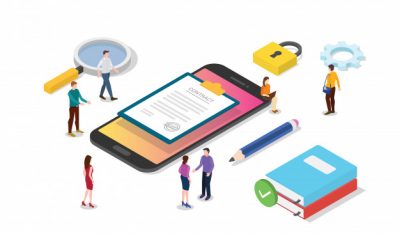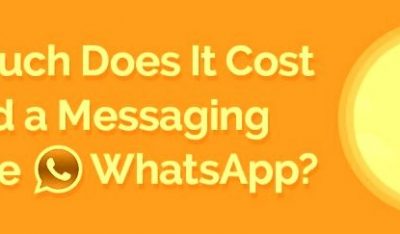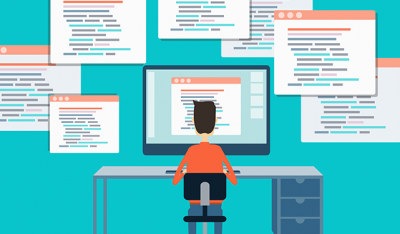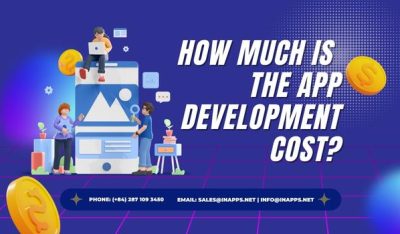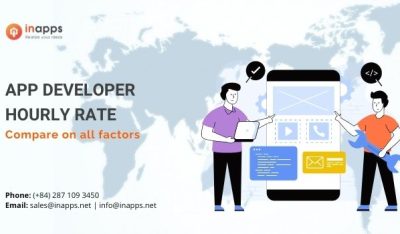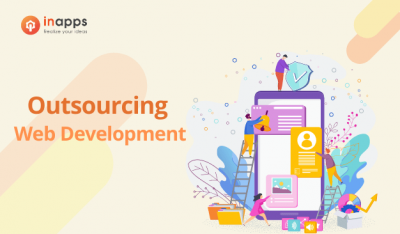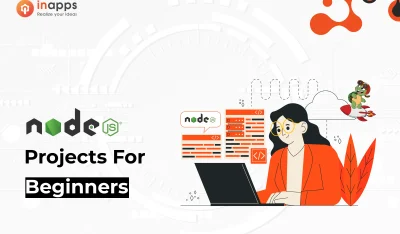- Home
- >
- Mobile apps development
- >
- Top Android Frameworks and Libraries for App Development in 2022
A countless number of smartphone devices are being introduced these days. So many companies focus on improving the quality of scalable applications to meet a wide variety of global customers’ requirements and create a deeper and long-lasting consumer relationship while making people’s lives easier.
Also, when we’re speaking about the past, there was a time when developers were dependent on a small number of android frameworks and libraries to create web apps.
However, the modern technological age changed the trend by adding increasing application frameworks, enabling application development across platforms. It became a trend in no time as several new technologies are being introduced daily.
Android Frameworks for app development
We have rounded up some android frameworks for Android apps. Let’s find out what those are below:
Ionic
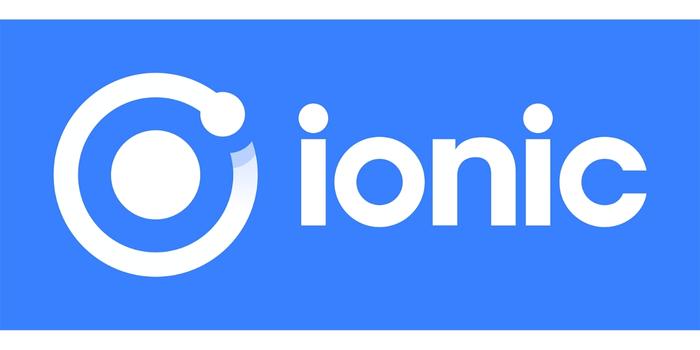
Ionic is a free, open-source MIT-certified framework that allows development teams to use modern Web technologies such as HTML5, CSS3, and JavaScript.
It’s perfect for programmers looking to create mobile applications that are hybrid and engaging. It’s also the most developer-friendly android framework with a rich collection of features, gestures, and animations that help you create top-quality mobile/desktop/PWAs from a single codebase.
Pros of Ionic
- Rapid growth and elimination of launch time compared to native iOS/Android applications.
- Except for the native phone features, which you’ll have to debug using a mobile, the application can be built mostly in the browser.
- It can be built on both platforms, Android and iOS at one time.
Cons of Ionic
- Debugging an ionic-based program may be difficult and takes more time because of ambiguous error messages.
- The builds can crash unexpectedly at any time.
- Native apps lack efficiency and performance.
- The framework will take some time to get used to, as it does not have hot reloading, rather it utilizes live reloading.
Flutter
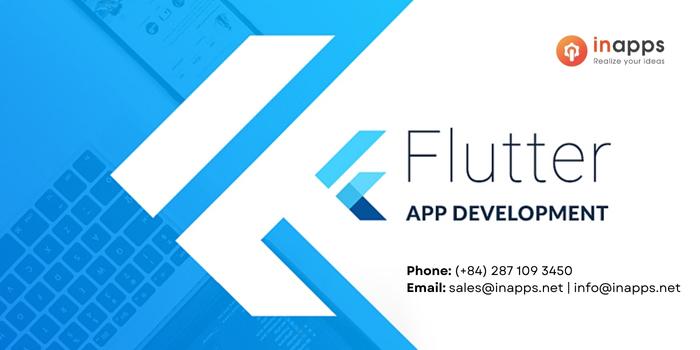
This is the free & open-source mobile UI SDK platform for Google to create apps in a special way compared to other frameworks. Deemed ideal for developing hybrid apps, it uses a single codebase and enables developers to test and execute UI, unit, and functionality tests with no failures.
Its hot reload function is used to test continuously with no requirement to restart an application. Certain apps include a screen reader, a shorter development cycle, smoother rendering, and Android & iOS themes.
Pros of Flutter
- Flutter is open-source and free.
- The framework is based on Dart-a simple, object-oriented programming language that is easy to learn on its own.
- Developers write only one codebase that covers both Android and iOS platforms.
- It does not depend on platforms because it has its designs and widgets.
Cons of Flutter
- Developers also have to create the very lengthy library.
- Flutter only supports mobile devices, so website browsers don’t support it.
- Apps can’t be smaller than 4 MB because flutter-made apps use built-in widgets rather than widgets on the web. So usually, their size is larger.
Xamarin
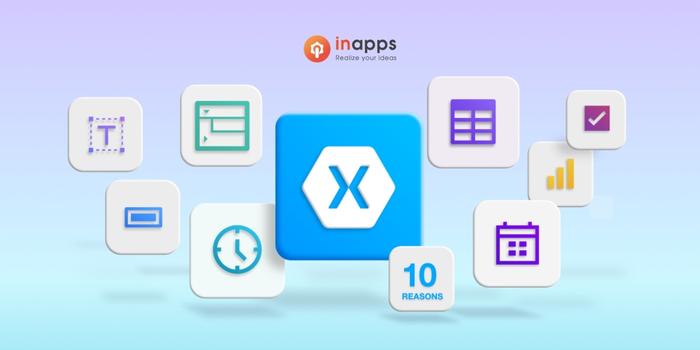
To developers, Xamarin is just another must-try mobile application development platform. It is an open-source platform for developing modern and powerful iOS, Android, and Windows applications.
It provides a comfortable development environment with an abstraction layer that handles shared application communication with the underlying platform technology.
It also helps you to develop native apps with C # or XAML shared UI code. It provides C # codebase support to developers, which can be spread across cross-platforms, such as Windows and Mac OS.
Xamarin is the perfect choice for you when searching for time and cost-saving software or android frameworks.
Pros of Xamarin
- Xamarin is a write once, use everywhere framework.
- The framework gives Microsoft continuous support to developers and complete technical support.
- Xamarin reduces the time to market.
- Users can know when their app crashes, and user activities with a visual studio app center that is a Xamarin insight.
Cons of Xamarin
- Xamarin has massive operational software overheads.
- The development of the User Interface is time-consuming.
- Cross-platforms are at unanticipated risk.
- The framework is not deemed appropriate for the development of games.
React Native
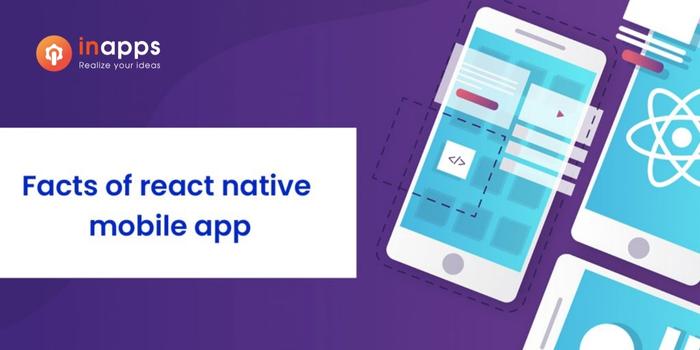
React native has been the most popular android framework used by developers and consumers, driven by hybrid design and cross-platform support.
The framework has removed the conventional way web and mobile apps are created, and consumers are not forced to write the android and iOS codes individually.
We can create a hybrid app quickly which gives a native feel. It’s a fact that applications built on react native platforms respond faster than applications developed on any other platform.
Pros of React Native
- It has a common API for building applications.
- Since native apps respond from the primary UI branch, they typically do not face performance problems in the apps.
- Native uses UI libraries instead of HTML and CSS.
- The speed of iteration helps developers share knowledge of the code and maximize their resources.
Cons of React-Native
- The existing documentation, especially for integration with additional resources, is insufficient.
- The react-native framework has limited third-party components.
- Developers have to cope with hot reloading errors, simulator problems, react-navigation problems while working with React-native.
Corona SDK
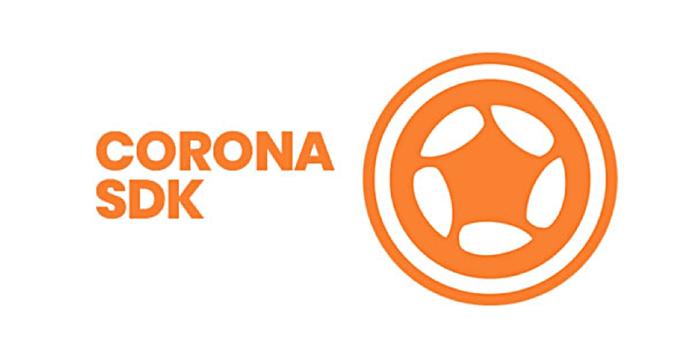
Corona SDK is a cross-platform framework suitable for developing desktop and mobile apps and games for smartphones and computers.
You can bring your app to reality using LUA-based frameworks, a compact, versatile, and convenient-to-learn scripting language, over 1000 built-in APIs, a vast range of plug-ins, and native Corona extensions.
With the support of live builds, one can accurately manage tasks on various devices. Corona accelerates the development process, making it a perfect choice for android developers.
Pros of Corona SDK
- The frame is free, with no hidden charges, rentals, or royalties.
- Easy to carry out complex system size layouts.
- Cross-platform simple to build iOS and Android.
- From the OpenGL graphics to LUA’s lightweight scripting ability, Corona SDK is designed for efficiency at a core level.
Cons of Corona SDK
- When using the framework, we will have to use the native device version for the handset, keyboard, etc.
- The corona applications are a bit difficult to debug.
- A loose syntax of Lua is hard to interpret and can mess up even if a professional is working around it.
- Facebook API configuration is very confusing. You can not determine which version of the graph you want to use on Facebook.
Appcelerator Titanium
Appcelerator Titanium SDK lets you create native apps using web technologies such as HTML, JavaScript, and CSS without learning Java or Objective-C.
Apps built from this platform demonstrate performance comparable to apps written using native APIs and support operating systems like Android, HTML5, Windows & Blackberry with a single JavaScript codebase.
It should be borne in mind that each project or specification has a particular requirement that is likely to be met by a particular framework. This decision will be taken in light of the benefits of using one framework over some other one depending upon the task requirement from that android frameworks and libraries.

Pros of Appcelerator Titanium
- This is an open-source and free SDK.
- It comprises a resourceful code module that cuts the extra code down.
- The components for the native UI offer a varied output.
- Alloy framework is used in platform-wide neutralization of the UI.
Cons of Appcelerator Titanium
- The more complicated the application is, the more likely you will have to deal with the technological problems of one side and there might be sudden failures, odd behaviors, persistent bugs, etc.
- Because of versions and builds, it can have SDK-related issues.
- Developers should manage SDK locally on the platform, although it is optional that you maintain a managed build environment, particularly when you target multiple platforms.
- Appcelerator titanium limits flexibility because you would love the APIs at first, but eventually, you’ll have to encounter bugs and weaknesses.
Libraries for Android App Development
One of developers’ biggest benefits is having the best Android libraries. Android libraries support until the application is created and produces the best results.
These libraries are behavior implementations that are well coded with simple programs and provide a well-defined interface. This involves message templates, the configuration of pre-written code, documents, classes, values and many more.
Retrofit

For Android and Java, Retrofit is a secure HTTP application. It enables the REST API to be specified as an interface. You can manage the headers, body, query parameters, and much more of the API requests by using annotations.
Retrofit truly stands out as an easy and graceful android library and can even make synchronous and asynchronous API calls.
Glide

In addition to offering animated GIF support while letting the images load, Glide also supports functions like fetching, decoding, displaying video calls, etc..
It also provides an advanced API that can be plugged in any network stack by developers and programmers since HttpUrlConnection is the default stack. The main objective of this library is to ensure that the scroll process is as easy as possible for any number of images.
Dagger
Dagger is the safest choice in terms of dependency injection. It lets you build simple Java source code. Dependency injection is to insert a smaller element into a larger one as effectively as possible.
Dagger distinguishes itself from other dependency injection libraries by compiling time to estimate and evaluate dependencies. And this enables Dagger to one of the best Android libraries out there, compared to the small libraries that rely on XML.
Butterknife

ButterKnife is a popular view binding library that helps to quickly allocate ids to views, thus avoiding excessive findViewByld. ButterKnife and Dagger seem to have similar annotations, the only difference is that in Butterknife, annotations are employed to produce boilerplate code.
Room
Creating offline Apps with the official ORM Android library is much easier. Room allows you to use the full power of SQLite to handle data as Java objects while holding an abstraction layer over it.
It is pretty simple to understand as it uses simple SQL syntax and annotations which makes it much simpler than other ORMs with complicated APIs. Room also offers support for Rx and they function together well.
You would have understood by now how these android libraries work and what all features they hold. You may also determined which libraries fit your application best that will boost your application’s performance.
To Sum Up
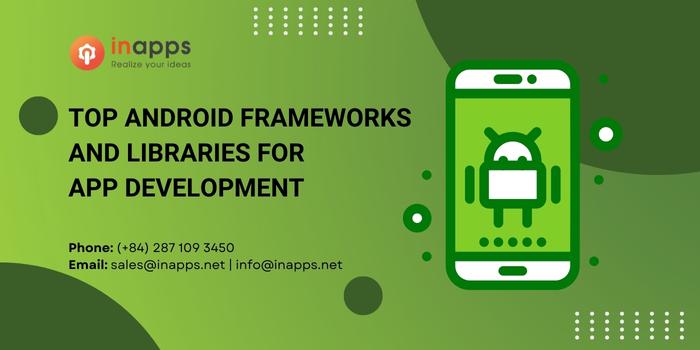
Application development frameworks and libraries are the most critical driving forces to creating an effective mobile or web application. It should be understood that each program or application has different needs. Therefore, after evaluating the other required factors, particular android frameworks and libraries must be specifically chosen.
That being said, your mobile app development process can be greatly enhanced with the best android app development platform, so it is suggested that you take some time out to explore your choices and then go ahead with it.
If you have any questions about using android frameworks and libraries or if you have some better suggestions other than this list, feel free to drop a message in the comment section. Our top android developers will try solving your query asap!
We bridge the gap between recruiters and professional coders and would love to help you out. You may visit our website Codersera or follow the link below if you need immediate assistance in creating mobile applications and are looking for the professional help from trained android developers/ mentors.
Hire Android Developer
Choose among the pool of InApps top remote android developers with 3 to 25 years of experience having expertise in top technologies and working experience with small and enterprise clients, and get one week of risk-free trial.
List of Keywords users find our article on Google
[sociallocker id=”2721″]
| corona sdk vs xamarin |
| appcelerator titanium vs react native |
| “blackberry developer blog” |
| best mobile development framework 2022 |
| asynchronous gap flutter |
| react native vs flutter 2022 |
| top android app 2022 |
[/sociallocker]
Let’s create the next big thing together!
Coming together is a beginning. Keeping together is progress. Working together is success.





